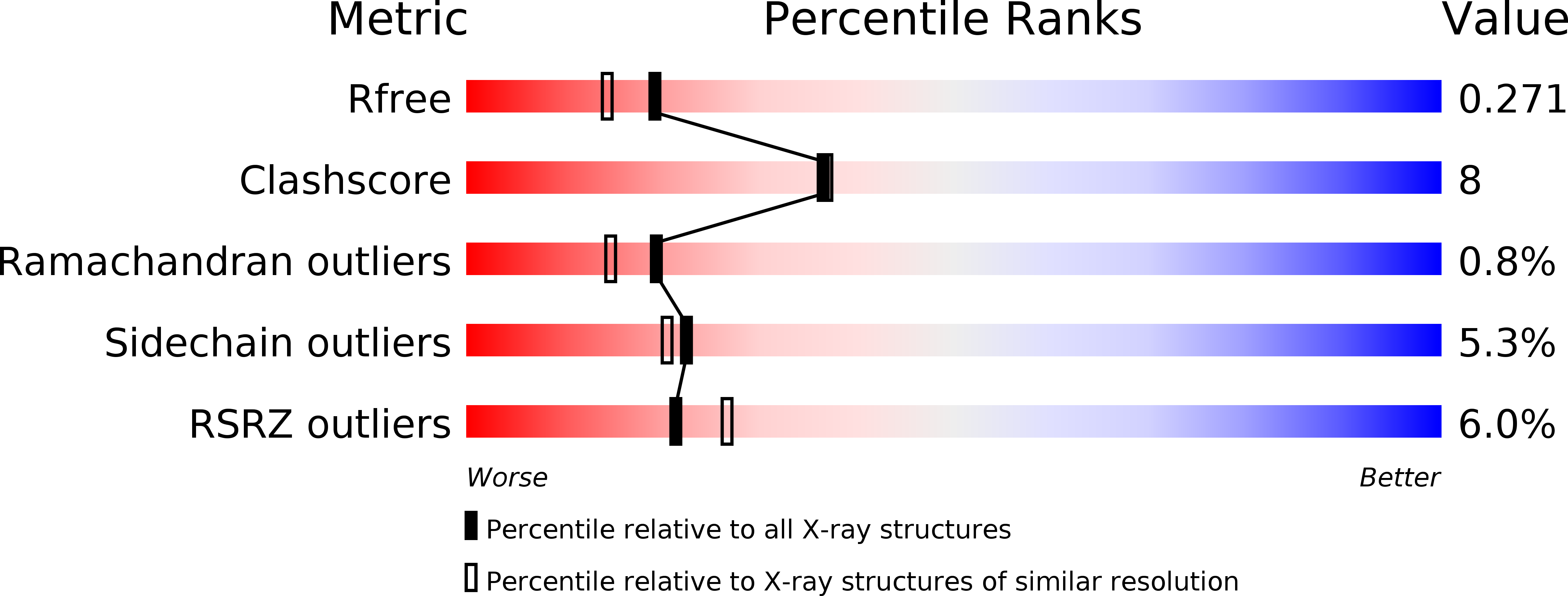
Deposition Date
2010-07-28
Release Date
2011-05-11
Last Version Date
2023-09-06
Entry Detail
PDB ID:
3O69
Keywords:
Title:
Structure of the E100A E.coli GDP-mannose hydrolase (yffh) in complex with Mg++
Biological Source:
Source Organism:
Escherichia coli (Taxon ID: 83333)
Host Organism:
Method Details:
Experimental Method:
Resolution:
2.10 Å
R-Value Free:
0.27
R-Value Work:
0.20
R-Value Observed:
0.20
Space Group:
P 21 21 21


